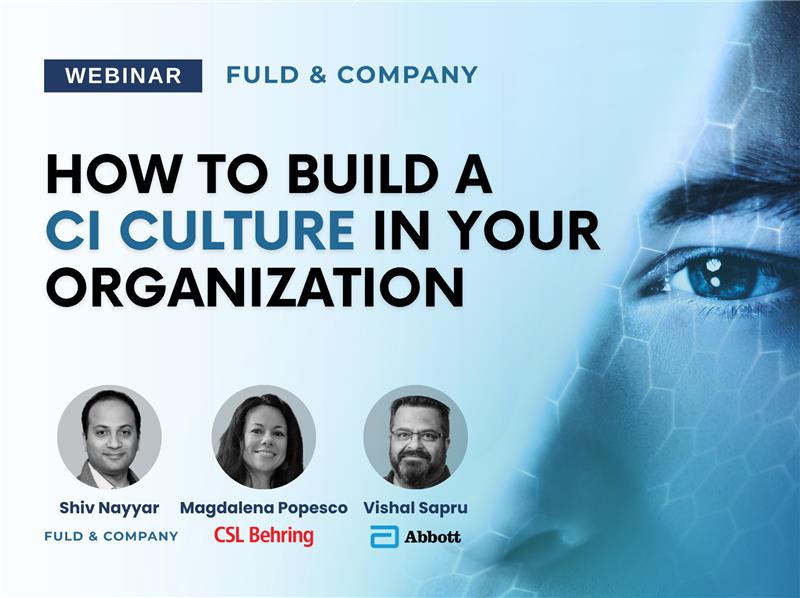People Analytics – How to get it right?
Posted by | Shashank Kulshrestha
The power of people analytics has moved beyond its infancy, and organizations are leveraging it to improve employees’ happiness, performance, and productivity, paving the way for business growth. It is estimated that the global people analytics market is set grow five-fold to over US$10 billion by 2030, driven by its increasing adoption,
While there are several implementation success stories, many organizations still struggle to derive optimum value. This is for many reasons, including:
- Inability to calculate and justify a return on investment
- Challenges in upskilling HR with an analytical mindset to help them make more data-driven strategic decisions
- Perceived risks of using AI, including misinterpreting results and dehumanizing employee interactions
Lastly, many companies are overwhelmed by the recent turbulence across the business and employment landscape and haven’t yet prioritized People Analytics. As a result, they already have too much on their plate.
This opinion piece closely evaluates these issues and discusses how businesses can overcome them.
Richer datasets help justify ROI
Businesses have long tracked and analyzed employee information such as demographics, tenure and educational profile, collected via annual employee surveys in order to solve various HR-related challenges related to:
- Recruitment: creation of broad candidate personas for screening
- Retention: identification of key churn drivers based on exit interviews/surveys
- Engagement: tracking employee satisfaction and analysis of aggregated responses on key themes such as diversity, inclusion and meritocracy
- Training and Evaluation: analysis of qualitative and quantitative feedback for annual evaluations
Since the pandemic in 2020, the global workforce’s attitude and priorities have completely changed. While employees continue to be ambitious, they increasingly prioritize family, personal time and health. Further, several companies have also witnessed an increase in the trend of ‘quiet quitting’. Despite such behavioral changes in the workforce, HR teams still continue to use the same data and problem-solving approaches, resulting in a struggle to generate the desired impact and justify ROI.
This raises the need for a new outlook powered by richer datasets and predictive analytics. Organizations need to build an understanding of the broader workforce landscape (beyond their employees), encompassing a holistic view of priorities and aspirations. They must collect data including professional aspirations, past performance, career goals, life events, leadership and teamwork traits, motivators, consumption behavior, psychographics, and sentiments related to diversity, equality, inclusion, environment, and sustainability. Analyzing this data will enable companies to understand their workforce better and not simply offer employment opportunities but instead full career experiences.
Upskill HR in a planned manner
In this evolving age, organizations must upskill their HR managers with an analytical mindset empowering them to make better business decisions. However, HR leadership has complained that, while critical, it is a slow and expensive process, and distracts HR from its core operational role.
HR departments can overcome this challenge by working closely with their organization’s analytics CoE or external analytics partners that can immediately provide the required technical support and guidance to solve critical business issues. This will give HR teams a guided head-start while they ramp up their skills and understanding.
Pre-empt and address AI’s perceived risks
With the increasing adoption of People Analytics, there is a risk of companies and HR teams unconsciously treating employees as mere numbers and productivity statistics. As a result, HR managers also become detached when communicating with employees. This contradicts the very objectives that People Analytics tries to achieve – employee happiness and a work environment that promotes engagement, collaboration and innovation.
In addition to upskilling HR professionals with an analytical mindset, they also need to be trained to continue acting as front-line defenders who prioritize people and scrutinize AI-based decisions by taking contextual employee data (such as recent life events and state of well-being) into consideration.
Further, companies also have a preconceived notion about AI that it can do everything with perfection. This is a risky notion because, in reality, no model is perfect:
- Models usually tend to be more accurate for majority demographics than minority groups.
- They also rely heavily on historical data and manual labels for training and learning. Unfortunately, historical data can be riddled with several undiscovered patterns that could be considered biases in the current times.
These biases can creep into AI models and their recommendations. For example, AI models could discourage hiring employees of a certain gender or marital status based on historical productivity data. Or models can be biased to suggest lower pay for new female recruits because of a historical gender pay gap.
Such pitfalls, however, should not deter organizations from adopting People Analytics. Instead, organizations need to build expertise and work with data science partners to train AI models correctly, draw correct interpretations, and leverage statistics and hypothesis tests to demystify potential biases. For instance, a Europe-headquartered global business services company previously preferred hiring experienced analysts based on descriptive observations that they had a longer duration of employment with the organization. However, analyzing the last ten years of anonymized employee data across departments and geographies using statistical hypothesis testing revealed no statistical evidence (up to 90% confidence) to justify such a strategy.
It is late, but companies can still catch up.
Lastly, organizations that haven’t yet prioritized People Analytics only need to put their recent challenges into perspective – whether related to retaining or hiring new talent, or keeping them happy and engaged. All of this can be overcome through a focused application of People Analytics and a well-thought short- and long-term transformation roadmap for HR.
How can Fuld help?
 Fuld & company has decades of experience in employee behavior and psychographic studies. Supplemented by our analytics and data science expertise, we help clients holistically track and understand the “modern” employee and develop strategies that organically drive ROI across recruitment, engagement, and talent retention activities.
Fuld & company has decades of experience in employee behavior and psychographic studies. Supplemented by our analytics and data science expertise, we help clients holistically track and understand the “modern” employee and develop strategies that organically drive ROI across recruitment, engagement, and talent retention activities.
We also empower and drive HR clients towards self-sufficiency by helping them build the necessary analytical skills, manage change, and communicate sensitive strategies across the organization.
Talk to us if you want to learn more or understand how we can help you with your business challenge.
 Author: Shashank Kulshrestha
Author: Shashank Kulshrestha
Vice President, Head of Analytics and Data Science
Write to me: skulshrestha@fuld.com
Tags: Artificial Intelligence, Data analytics, Human Resources, people analytics tag





















